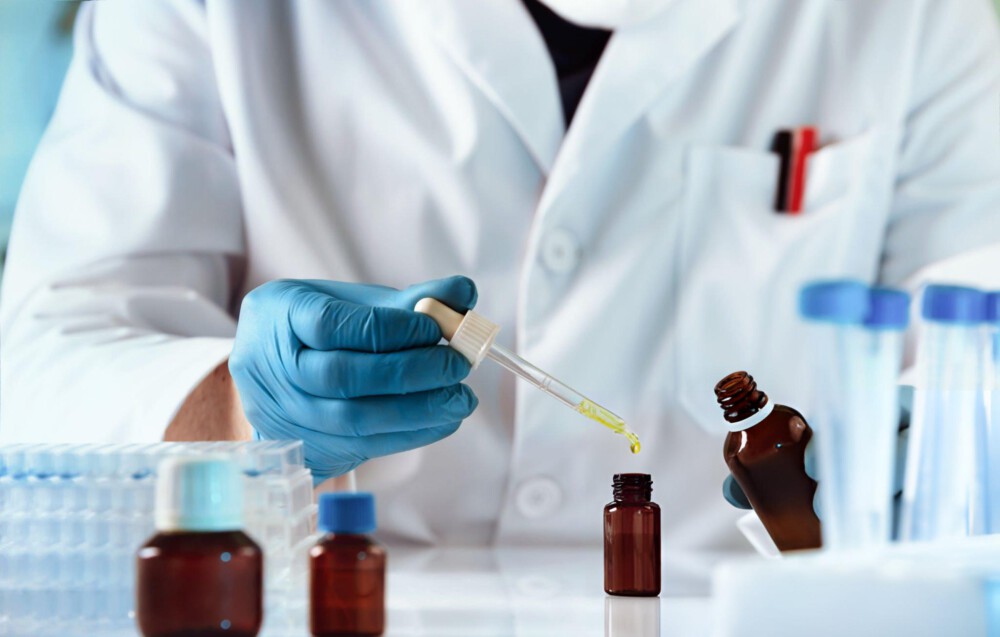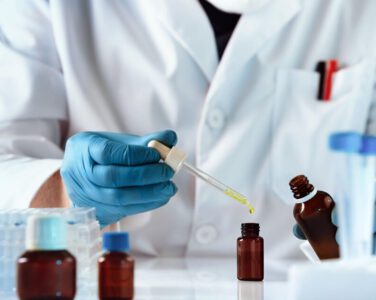The Product Information File is the key document required before placing a product on the European market. The dossier gathers all the technical documents related to the raw materials, packaging material and finished product that are used by the safety assessor to evaluate the safety of the product and to elaborate the Cosmetic Product Safety Report (CPSR). The preparation of the PIF requires a thorough knowledge of Regulation 1223/2009 as well as experience in the toxicological field.
What information should be included in the PIF?
The PIF is structured in 6 sections:
SECTION 1: A description of the cosmetic product that serves to attribute the PIF to the product itself. It usually includes the trade name, batch or reference number, product function, manufacturer, responsible person and a picture of the finished product.
SECTION 2: The Cosmetic Product Safety Report (CPSR) is essential to demonstrate that a cosmetic product is safe and does not pose any risk to human health under normal and foreseeable conditions of use.
ANNEX I of Regulation EC 1223/2009 describes the minimum information to be contained in the Safety Report divided into 2 parts:
- PART A: Information on the safety of the cosmetic product.
- PART B: Cosmetic product safety assessment
SECTION 3: A description of the method of manufacture. This section should be as detailed as possible as it may provide useful information to the safety assessor during the conduct of the safety assessment of the cosmetic product.
SECTION 4: A statement of compliance with the Good Manufacturing Practices (GMPs) according to the ISO 22716:2007. It is mandatory for all manufacturers of cosmetic products to comply with good manufacturing practices that guarantee high standards of quality and safety. This section can include a responsible declaration from the manufacturer stating that they comply with GMPs or a certificate issued by a private certifier.
SECTION 5: If available, the evidence demonstrating the claimed effect of the cosmetic product. This section shall include the tests that were performed to substantiate the claims that are claimed in the labelling of a cosmetic product. Generally, a claim can be demonstrated by conducting instrumental or subjective in vivo efficacy tests.
SECTION 6: Data on any tests performed by the manufacturer or suppliers, relating to the cosmetic product or its ingredients. In Europe, animal testing on both finished cosmetic products and raw materials is officially banned. The 2009 ban excluded some long-term toxicity studies for raw materials. However, since March 2013, no cosmetic product can be sold in Europe if it contains ingredients that have been tested on animals anywhere in the world. It is important to note that ingredients tested before this date are not considered illegal.
Conclusion
In conclusion, the PIF is an essential tool to guarantee the safety of cosmetic products marketed in the European Union. Its preparation is mandatory and allows health authorities to know all relevant aspects of the product, from its composition to its method of use and the toxicological profile of its ingredients. It is therefore essential that the Person Responsible for the cosmetic product pays due attention to the preparation of the PIF and always keeps it up to date.
Do you want to know more?
Contact us
- +34 633 596 678
-
info@shapypro.com


